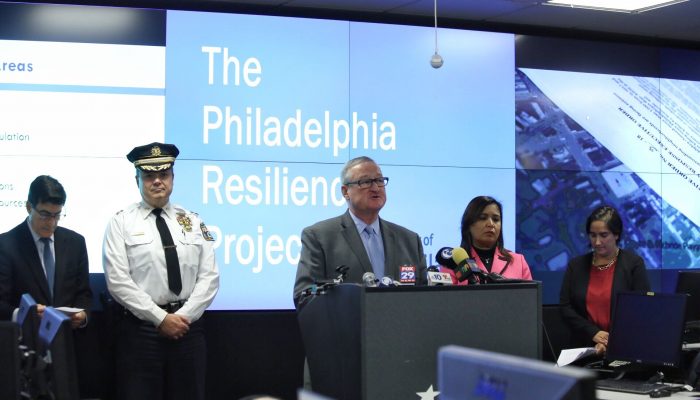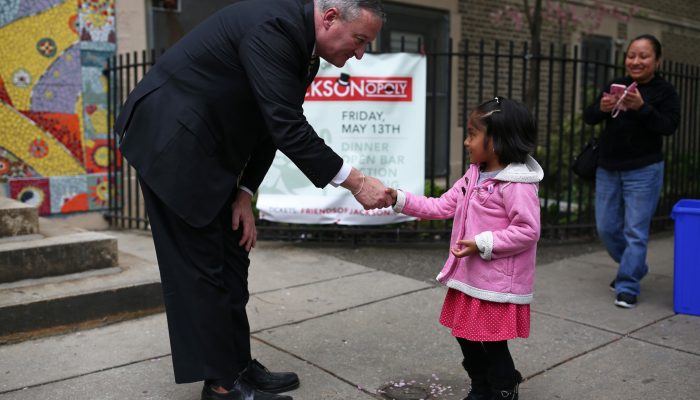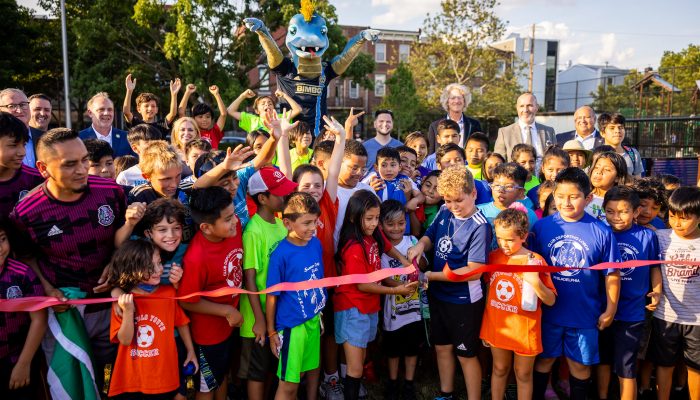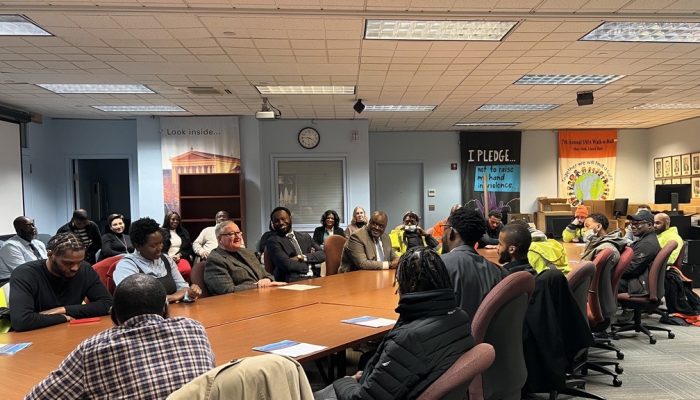The Philadelphia Resilience Project is the City’s unified approach to tackle the opioid crisis.
On October 3, 2018, Mayor Jim Kenney signed Executive Order 3-18 declaring a citywide emergency and empowering City agencies to come together to immediately solve the problem.
The order prompted officials to gather together for an intensive, two-week period to meet daily, share ideas and perspectives, assess available resources, and identify needs and gaps in services.
“We’re calling this effort the Philadelphia Resilience Project because Philadelphia has always been a resilient city, willing to do whatever it takes to overcome the challenges we face,” explained Mayor Kenney. “Our city is now facing a crisis unlike anything we’ve seen before. But I’m confident that this effort will allow us to come together, try new approaches, and demonstrate that resilience to improve these communities — and save lives.”
What the Resilience Project does
It focuses on seven critical mission areas:
- Clearing major encampments.
- Reducing criminal activity.
- Reducing the number of unsheltered individuals.
- Reducing trash and litter.
- Reducing overdoses and the spread of infectious diseases.
- Increasing treatment options.
- Mobilizing community response.
Because of the executive order, the Resilience Project allows City agencies to adapt strategies rapidly in real-time to emerging needs, immediately addressing the most pressing issues and finding long-term solutions.
Right now, it’s focused on Kensington and surrounding neighborhoods – the epicenter of the opioid crisis – but we expect to expand to other sections of the city as needed.
Why the Resilience Project is necessary
Despite already spending tens of millions of dollars on increasing treatment access, neighborhood cleanups, clearing encampments, adding housing services, expanding the police presence, and sealing vacant properties, the problem has persistently gotten worse.
In summer of 2017, about 900 unsheltered people were living in Philadelphia, 400 of whom were living on the streets of Kensington and Fairhill. A year later in 2018, the number ballooned, with about 1400 unsheltered people living in Philadelphia, 700 in these neighborhoods alone.
As a result, children, residents, and commuters regularly encountered unacceptable conditions in the neighborhood they live, work, and play in, including illicit drug sales, prostitution, increased criminal activity, and even human waste and syringes in public spaces like streets, schoolyards, and parks.
There is a severe human cost to the opioid crisis, too. In 2017, 1217 Philadelphians died of drug overdoses. So far in 2018, drug overdoses took the lives of more than 500 Philadelphians.
Injection drug use is also leading to an increase in HIV infections. In the 12 months before August 31, 2018, 46 injection drug users were diagnosed with HIV, an increase of 48% compared to the previous 12 months.
How the Resilience Project will work
This effort is not focused exclusively on drug treatment, though that is a part of it.
Instead, it is a comprehensive approach focusing on cleaning up the neighborhood and making it safe for residents while also providing compassionate, effective care and access to treatment and housing for people living with substance use disorder.
Over time, the City will introduce long-term solutions, like continuing to increase access to treatment, low barrier housing, and other progressive strategies focused on harm reduction and meeting those living with substance use disorder where they’re at.




